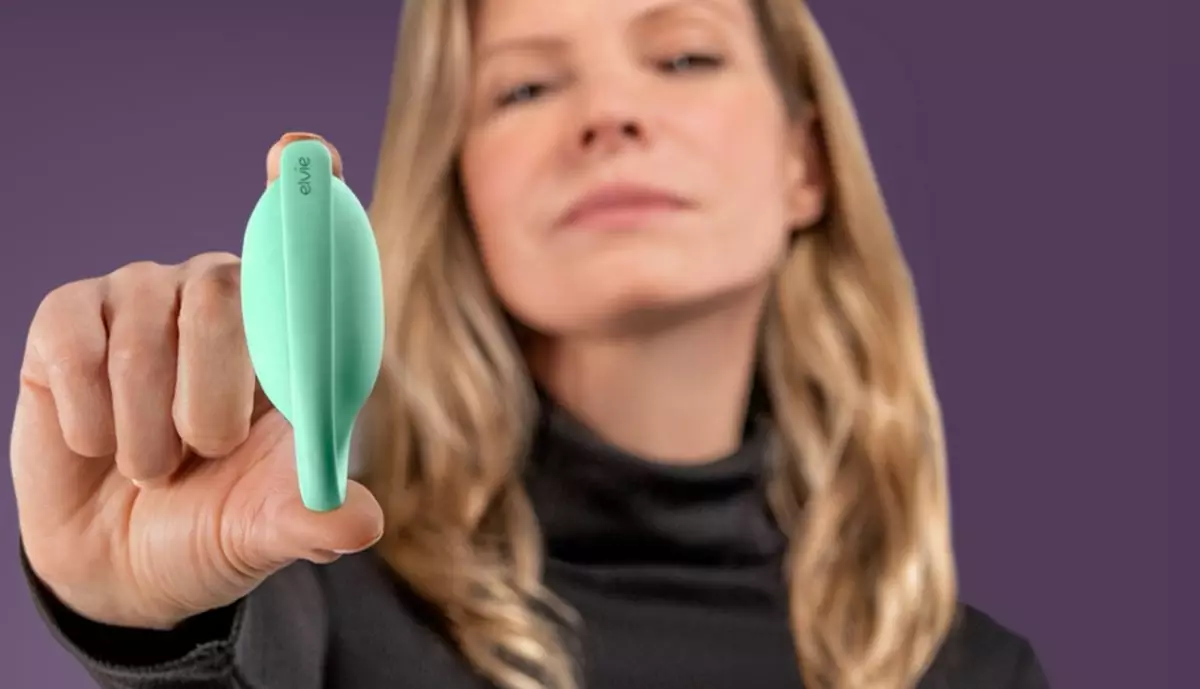Over the last five years, the women’s health sector has seen an unprecedented surge in innovation and investment, with startups focused on connected devices and wellness apps securing over $5 billion in funding. While this financial influx highlights a significant demand for tailored health solutions, the competitive landscape is tightening. Leading players like Willow and Elvie are now merging, pointing to a crucial phase of consolidation in this burgeoning industry. This shift raises important questions about the sustainability and future of women’s health initiatives in the evolving marketplace.
Acquisition with a Purpose
Willow, a California-based startup that previously pioneered wireless breast pump technology, has officially announced its acquisition of Elvie, a London-based company known for its smart Kegel trainer and other innovative products targeted at new mothers. This strategic acquisition follows multiple months of discussions, as Elvie was reportedly running low on cash and faced operational challenges. The financial specifics of this deal remain undisclosed, which adds another layer of intrigue to an already complex narrative. Elvie had been successful in raising over $186 million from notable investors, but their last valuation of $241 million paints a picture of a once-promising venture in jeopardy.
After stepping into the CEO role in late 2023, Sarah O’Leary of Willow acknowledged the hurdles Elvie faced, illustrating the precarious situation many startups in the women’s health domain currently navigate. It’s indicative of a larger trend where innovation must grapple with funding limitations and fluctuating external conditions.
The Stormy Waters of Women’s Health Entrepreneurship
Despite the anticipated $60 billion market for women’s health, current conditions have proved hostile for many startups. Since 2021, securing investments and exits has become increasingly difficult, particularly for companies not heavily rooted in artificial intelligence. This stark reality underscores a challenging paradox: while female-focused technology is on the rise, the abundance of low-cost alternatives threatens to erode market share for higher-priced, innovation-driven solutions.
Moreover, the crisis surrounding user data management—exemplified by the recent fallout involving 23andMe—brings to light significant concerns about privacy, especially in the sensitive realm of women’s health. The ambiguous political climate surrounding reproductive rights further complicates matters, making the stakes even higher for startups serving this demographic. As O’Leary suggests, the industry is inundated with budget-friendly competitors that push established companies to rethink their pricing and value propositions.
The Quest for Profitability in Hardware
One of the most daunting challenges for companies like Willow and Elvie is transitioning from promising startups to profitable enterprises, particularly in the hardware domain. Designing innovative products that resonate with consumers is only half the battle; the other half involves creating a sustainable business model that yields profit. Willow’s acquisition of Elvie suggests a strategic maneuver to overcome this hurdle, emphasizing the need for consolidation among women’s health companies to create scalable platforms.
This acquisition also reflects a shift in strategy for Willow, as they aim to establish themselves as a key player in the women’s health arena. By absorbing Elvie’s workforce, technology, and brand, Willow may position itself to dominate a market craving comprehensive and integrated solutions for women.
The Demands of the Modern Woman
The emergence of women’s health startups has been fueled by a generation of empowered women who are increasingly vocal about their health needs. Advancements in cloud technology and big data analytics have made it easier to develop apps that resonate with this demographic. Moreover, the democratization of crowdfunding has allowed aspiring entrepreneurs to gauge consumer interest before launching fully-fledged products. Today’s women are not merely passive consumers—they are active participants demanding the latest tech innovations that cater to their unique experiences.
However, the challenge remains: can these startups successfully convert enthusiasm into long-term profitability? As Willow embarks on this new chapter post-acquisition, it faces an uphill battle to differentiate itself amid a crowded market landscape while striving to meet the evolving demands of women around the world.
The journey ahead involves not only navigating financial uncertainty but also ensuring that the women’s health revolution continues to adapt and flourish, providing meaningful solutions that empower and elevate women’s experiences. As the space continues to evolve, the responsibility now falls on Willow—and others like it—to ensure that this wave of innovation leads to lasting change rather than fleeting success.

